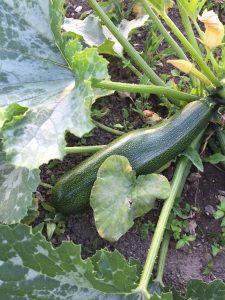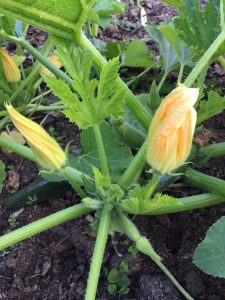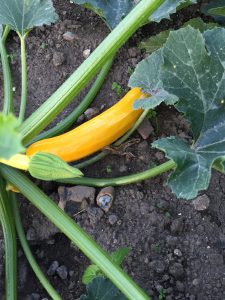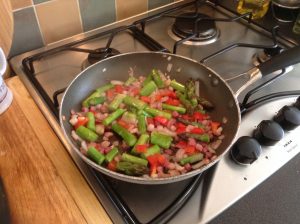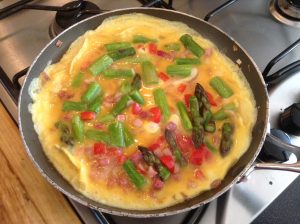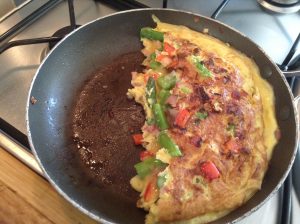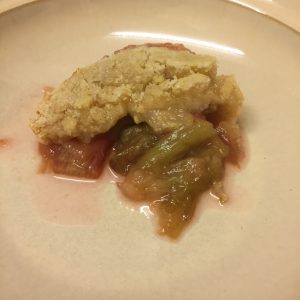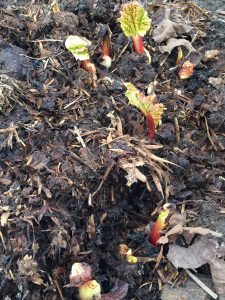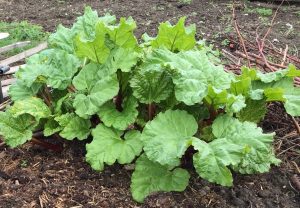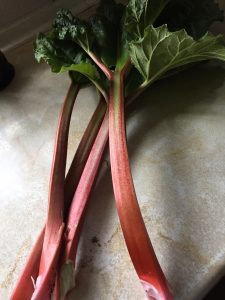We’ve all been there; you reach the point where you just can’t give your excess courgettes away. You’ve given some to everyone you know at work and to members of your family, so what to do now?
A recent blog post by Matt Peskett at Grow Like Grandad is a really useful one to bookmark as not only does it include a big long list of recipes using courgettes (separated by type), but Matt has also indicated how many courgettes are needed for each recipe which saves a lot of toing and froing trying to find a recipe which uses the amount or number of courgettes that you are trying to use up!
You can read the post here.
In the meantime, here’s a simple rustic recipe from BALGA member, Jon Jones.
Courgettes with baby tomatoes
Ingredients
2 or 4 small courgettes or 1 large courgette
15ml thick olive oil
French tarragon, whole basil leaves or fresh oregano
Baby tomatoes
Method
If using a large courgette, slice into 1cm (half inch) slices.
Heat oil in a frying pan and fry smaller courgettes whole like sausages, turning until they are evenly brown.
Or fry slices from large courgette.
5 minutes prior to courgettes being full cooked, add the baby tomatoes together with your chosen herb. Season with fresh ground pepper to taste.
Continue cooking until the tomatoes are on the verge of collapsing.
Serve immediately, or dish can be allowed to cool and eaten cold.



